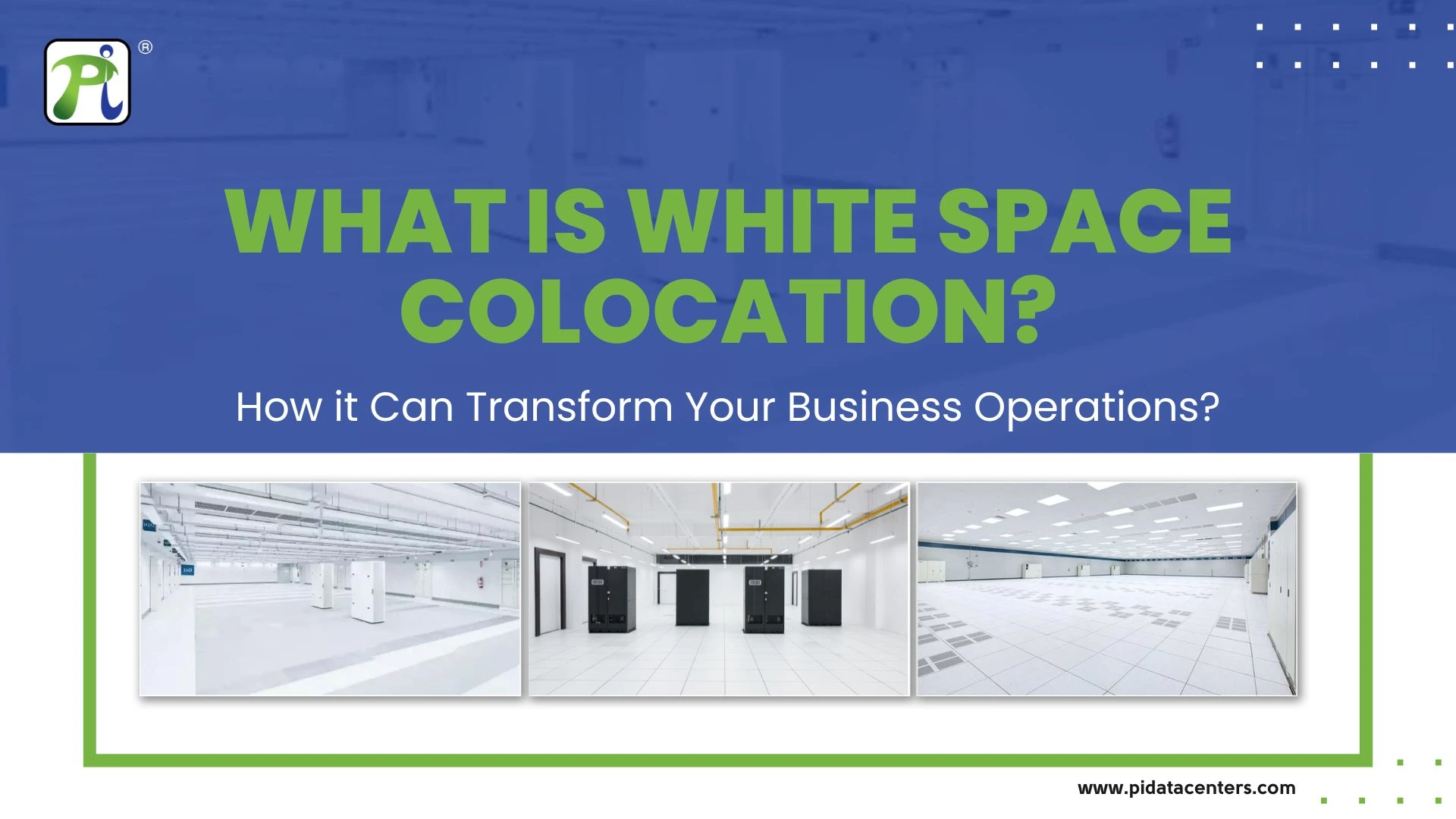We Will Get Back To You As Soon As Possible


In the dynamic world of IT and business operations, efficiency is critical to staying ahead of the competition. One of the often-overlooked aspects of data center management is Colocation White Space.
It refers to the physical space within a data center for businesses to store their servers. White Space Colocation refers to leasing or utilizing unused floor space within a data center to install and operate IT equipment. This space, often called "White Space," includes the areas where racks and cabinets are placed but excludes the "gray space," which houses supporting infrastructure like power and cooling systems.
White Space Colocation emerged as data centers evolved to meet the increasing demands for data storage, processing, and networking capabilities. Initially, data centers were built with specific capacities, and unused space was seen as a potential waste of resources. As the demand for scalable and cost-effective data center solutions grew, the industry began to see the value in optimizing every square foot of a facility.
White space colocation is an essential strategy for modern data centers. It enables businesses to optimize their infrastructure and meet the growing demands of the digital age.
By leveraging Colocation White Space, medium, and large-sized enterprises can ensure they have room to grow without significant upfront investments in their infrastructure. This facility improves businesses' operational efficiency, cost management, and scalability and empowers SMEs, putting them in control of their operations. Let's explore how companies can transform operations and demonstrate financial prudence by strategically utilizing Colocation Whitespace.
Colocation Whitespace includes areas within a data center available for business rent. This space is typically equipped with power, cooling, and connectivity infrastructure but is left vacant for clients to install their IT equipment. Key components include:

White space colocation refers to leasing unused or underutilized floor space within a data center to third-party customers. These customers can install their IT equipment in this space while benefiting from the data center's infrastructure, such as power, cooling, and security. Here's a detailed look at how typical white space colocations work:
White space billing in data centers refers to charging customers for unused floor space within a facility where they can install their IT equipment. This billing method ensures that customers pay for the specific resources they use, contributing to cost efficiency and better resource management. Here's a detailed look at how white space billing typically occurs:
Colocation whitespace offers businesses a valuable opportunity to enhance their operational efficiency, scalability, and security. By strategically leveraging this space, companies can optimize their IT infrastructure, reduce costs, and focus on their core competencies. As the demand for flexible and reliable IT solutions continues to grow, colocation whitespace will play an increasingly important role in shaping the future of business operations.
Questions? We're here to help.
©2025 Pi DATACENTERS® Pvt. Ltd. All rights reserved
